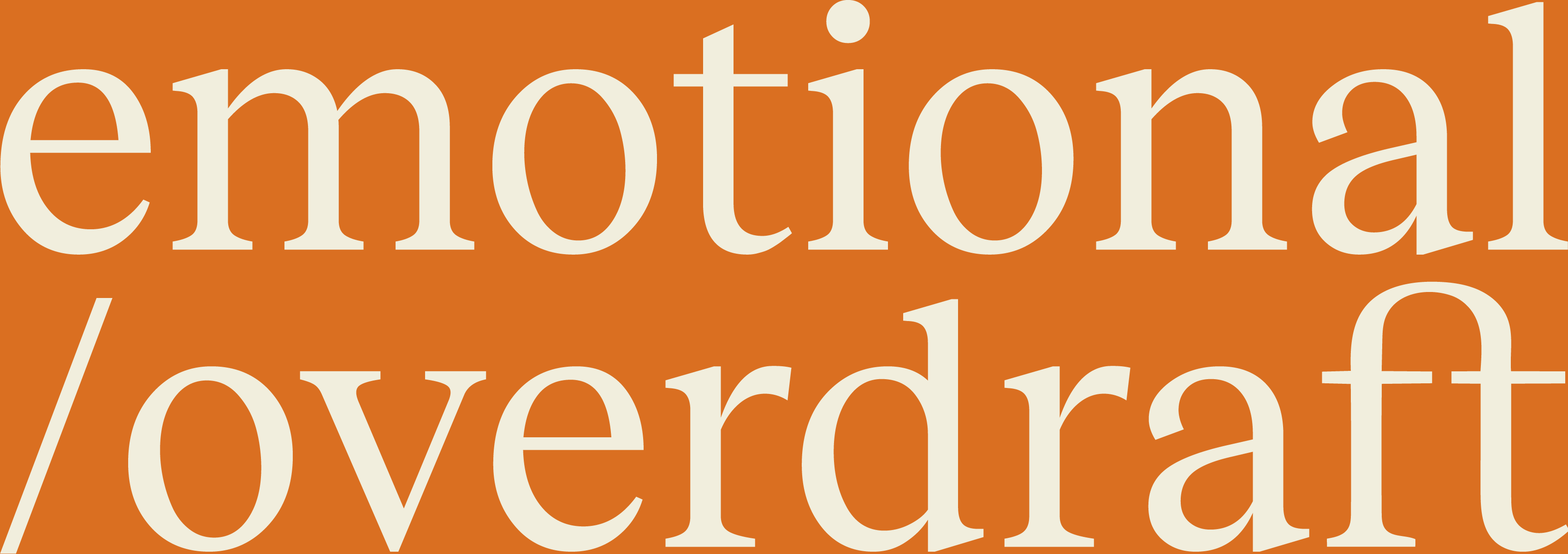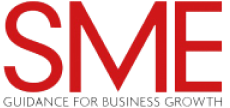I’m stating the obvious when I say that most leaders and founders find themselves overwhelmed by the sheer volume of meetings crowding their schedules. Often hitting ‘accept’ simply because that chunk of time isn’t currently filled with something else. And yet, time is our most precious commodity, bar none. Are you attending because you don’t trust other people? Or because you have an expectation of yourself to be there?
Importantly, how can you start being more selective about the meetings that add the most value?
Following a recent conversation with my client – who was drowning in relentless meetings – I wanted to share a simple yet profoundly impactful exercise. If you find yourself accepting every meeting invite you receive, this one is for you.
The Meeting Effectiveness Diary
This is a tool I use with clients to help them critically evaluate the utility of their meetings, thereby safeguarding their most precious resource—time.
The Meeting Effectiveness Diary is a spreadsheet, created by you and filled in in real time to record key information and help determine the value of your being at any given meeting – and hopefully resulting in attending less meetings of low value.
The spreadsheet contains such as the meeting’s purpose, its perceived value, organisation quality, potential improvements, and an overall score out of ten. This evaluation is done in real-time, ensuring minimal disruption to the individual’s workflow.
The effectiveness of this strategy lies in its simplicity and the actionable insights it generates. Here’s how it works:
- Create your meeting Effectiveness Diary – include a column for; the meeting’s purpose, its perceived value, organisation quality, potential improvements, and an overall score out of ten. A straightforward Google Doc spreadsheet will do.
- Document Each Meeting: Immediately upon attending a meeting, open your ‘diary’ and log it. It’s important you do this during or straight after a meeting – it will be impossible to remember specific details after any significant period.
- Evaluate on Multiple Dimensions: For each meeting, the individual assesses its purpose and value, how well it was organised, and reflects on what could enhance its effectiveness.
- Rate Overall Effectiveness: Assigning an overall score out of ten to each meeting encourages a quantitative analysis of its utility.
- Immediate Application: This evaluation process is integrated seamlessly into the meeting workflow, demanding no additional effort beyond the meeting’s duration.
The Impact of the Diary
Through this exercise, my client discovered within just a few days which meetings were essential and which were not serving his objectives. More importantly, it brought into sharp focus how the necessary meetings could be optimised for productivity. This simple yet effective diary acts as a mirror, reflecting the true nature of commitments and how they align with broader goals.
Benefits for Leaders and Founders
The Meeting Effectiveness Diary offers several key benefits for busy leaders and founders:
- Time Management: By identifying meetings that do not add value, individuals can reclaim hours of their time.
- Increased Productivity: Understanding which meetings are crucial and how to make them more efficient can significantly boost overall productivity.
- Strategic Focus: This tool helps leaders stay aligned with their strategic objectives, ensuring that every meeting moves them closer to their goals.
- Enhanced Meeting Quality: The diary encourages continuous improvement in meeting organisation and execution.
Implementing a Meeting Effectiveness Diary requires minimal setup but promises substantial returns.
Over time, patterns will emerge, guiding you to make informed decisions about which meetings to prioritise, adjust, or eliminate altogether.
I hope this is helpful, let me know if you give it a try!
Andy.










